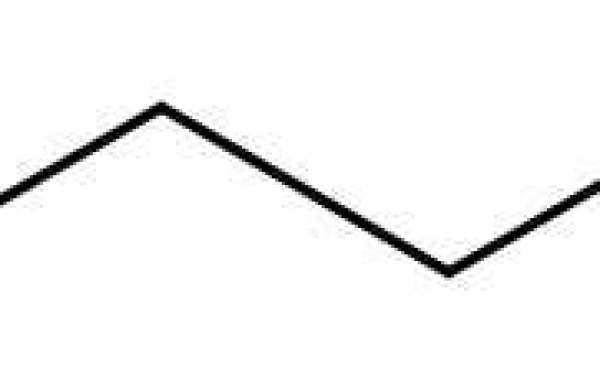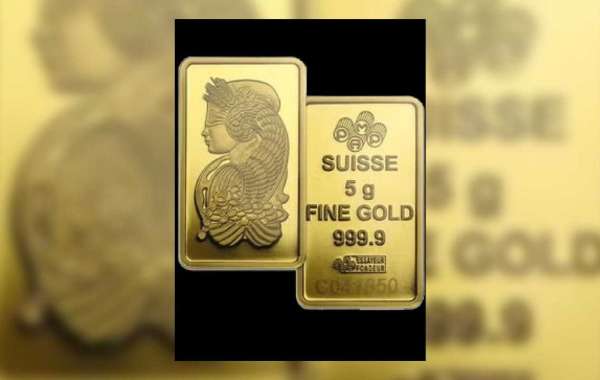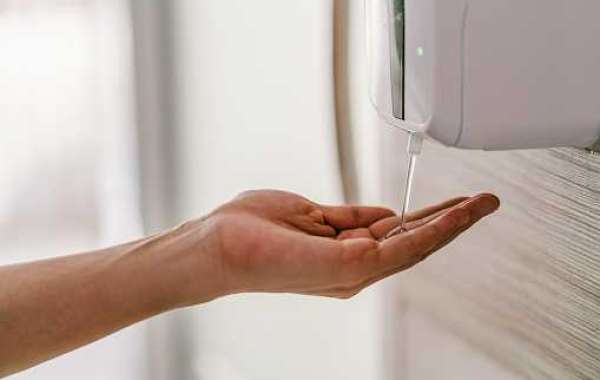High inspired oxygen during mechanical ventilation may influence the exhalation of the previously proposed breath biomarkers pentanal and hexanal, and additionally induce systemic inflammation. We therefore investigated the effect of various concentrations of inspired oxygen on pentanal and hexanal exhalation and serum interleukin concentrations in 30 Sprague Dawley rats mechanically ventilated with 30, 60, or 93% inspired oxygen for 12 h. Pentanal exhalation did not differ as a function of inspired oxygen but increased by an average of 0.4 (95%CI: 0.3; 0.5) ppb per hour, with concentrations doubling from 3.8 (IQR: 2.8; 5.1) ppb at baseline to 7.3 (IQR: 5.0; 10.8) ppb after 12 h. Hexanal exhalation was slightly higher at 93% of inspired oxygen with an average difference of 0.09 (95%CI: 0.002; 0.172) ppb compared to 30%. Serum IL-6 did not differ by inspired oxygen, whereas IL-10 at 60% and 93% of inspired oxygen was greater than with 30%. Both interleukins increased over 12 h of mechanical ventilation at all oxygen concentrations. Mechanical ventilation at high inspired oxygen promotes pulmonary lipid peroxidation and systemic inflammation. However, the response of pentanal and hexanal exhalation varies, with pentanal increasing by mechanical ventilation, whereas hexanal increases by high inspired oxygen concentrations.
Lipid peroxidation is a major mechanism by which oxygen causes toxicity. The process releases volatile products, including the two aldehydes, pentanal and hexanal, both of which have been proposed as possible breath biomarkers for pulmonary pathologies, such as lung cancer and ventilator-induced lung injury. Hyperoxia produces reactive oxygen species in lung tissue with a consequent increase in lipid peroxidation. Other volatile lipid peroxidation products, especially ethane and pentane, consistently increase in the breath of hyperoxic animals and humans. However, the influence of inspired oxygen on pentanal and hexanal exhalation in mechanically ventilated subjects remains to be determined for a valid interpretation of these newly proposed biomarkers.
We, therefore, evaluated pentanal and hexanal exhalation in rats mechanically ventilated for 12 h with various inspired oxygen concentrations. We simultaneously determined interleukin serum concentrations as a measure of systemic inflammation. Specifically, we tested the primary hypothesis that high- and medium-inspired oxygen concentrations provoke more pentanal and hexanal exhalation than lower concentrations in rats. Secondarily, we tested the hypothesis that high inspired oxygen concentrations increase serum cytokine concentrations.







